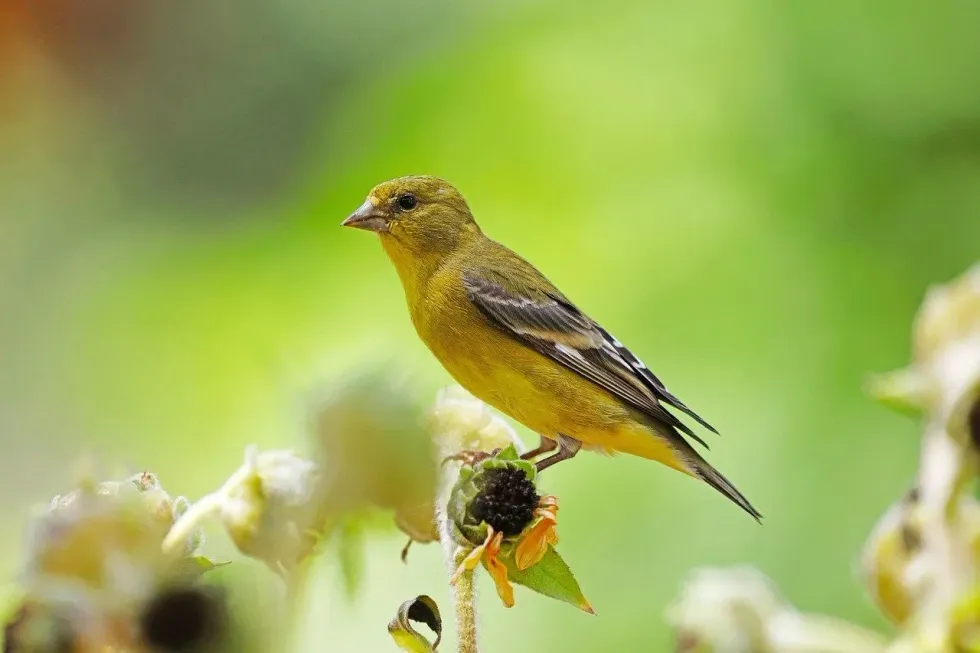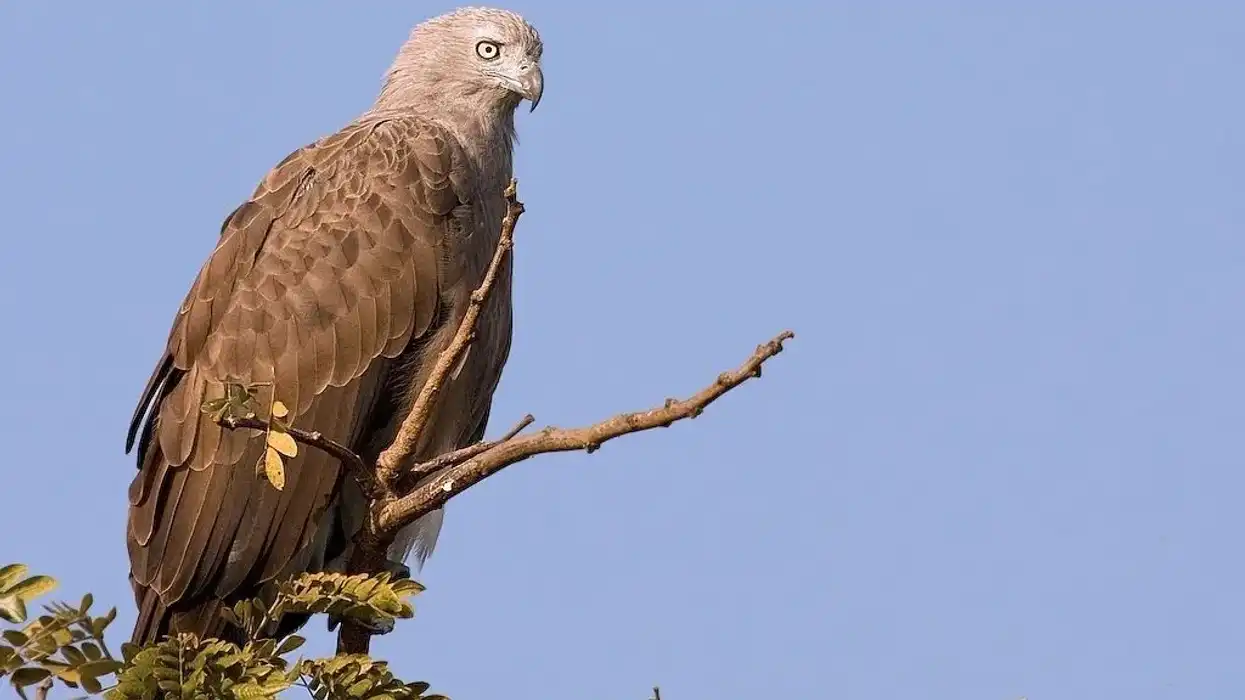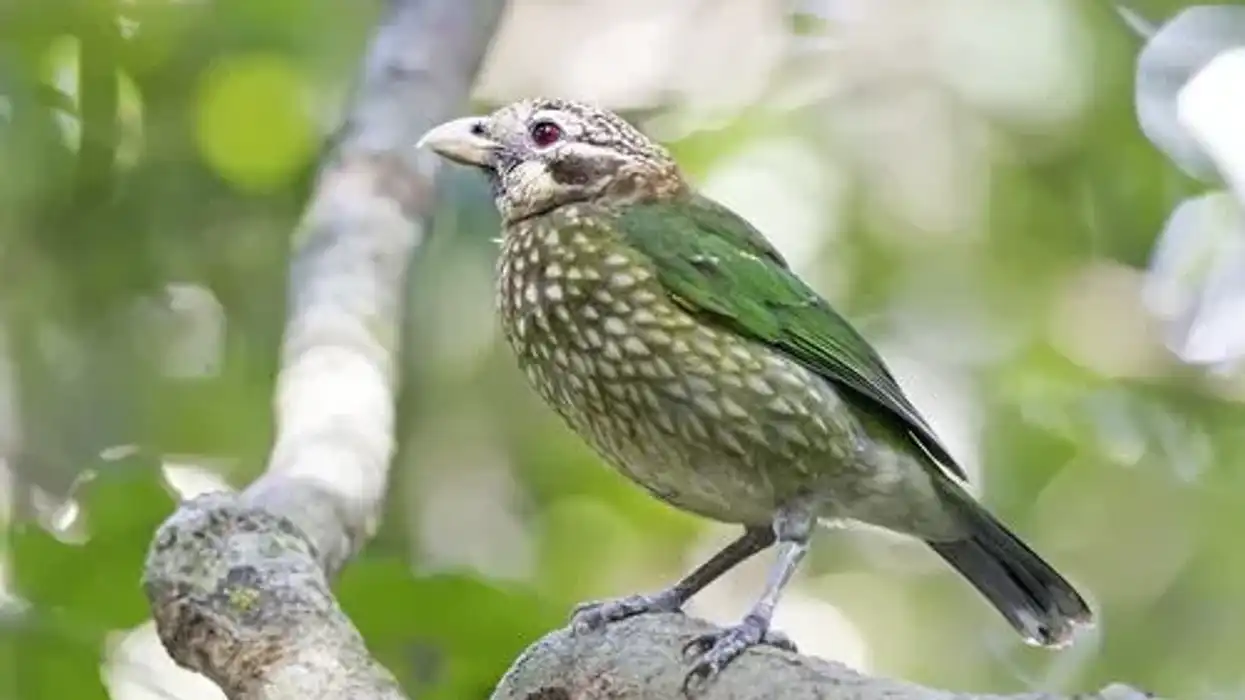The Lesser Goldfinch, or known by its scientific name Spinus psaltria, is a small perching bird that’s common to the southwestern United States. Though similar in looks to the common sparrow, these birds, unlike the sparrow, hail from the finch family.
Lesser Goldfinches are beautiful songbirds whose scientific name is derived from the ancient Greek word for female harpists, psalteria. Lesser Goldfinch birds were first formally described by the American zoologist, Thomas Say.
When you compare the Lesser Goldfinch vs American Goldfinch, there are various subtle differences for you to notice in these finches belonging to similar species. While American Goldfinches lose all the yellow color from their plumage in winter, the Lesser Goldfinch retains a yellow tone.
Though, both Lesser Goldfinches and American Goldfinches have a grayish-toned bill in winter plumage. After reading this article on Lesser Goldfinch facts, do check our other articles on tawny owl and barn owl.
Lesser Goldfinch Interesting Facts
What type of animal is a Lesser Goldfinch?
Lesser Goldfinch (Spinus psaltria) is a small bird, quite similar in size to a common house sparrow. The adult male ranges from 3.5-4.7 inches in length and can weigh 0.28-0.41 oz. These finches are colorful songbirds, common across North America.
What class of animal does a Lesser Goldfinch belong to?
Lesser Goldfinches belong to the class of Aves, also known as birds, belonging to the phylum chordata and kingdom Animalia.
How many Lesser Goldfinches are there in the world?
Lesser Goldfinch populations across the world seem to be stable and have increased by around 1 percent every year between 1966 and 2015, according to the North American Breeding Bird Survey.
Partners in Flight, an NGO launched to conserve land birds, estimates the global breeding population at 7 million, with 53 percent spending some part of the year in the United States, and 57 percent in Mexico.
Where does a Lesser Goldfinch live?
Lesser Goldfinch species can be located in Southwestern United States and Mexico across thick forests, woodlands, and shrublands.
What is a Lesser Goldfinch's habitat?
The ideal habitat for a Lesser Goldfinch is wooded areas with an abundance of seeds and water.
Who do Lesser Goldfinches live with?
Goldfinches are commonly kept and bred in captivity around the world because of their distinctive appearance and beautiful songs. Naturally, Goldfinches nest on twigs of tall, leafy trees, and during the non-breeding seasons, Goldfinches flock together and migrate together to escape the winters.
How long does a Lesser Goldfinch live?
The typical lifespan of a Lesser Goldfinch is two years. However, the maximum recorded age of a wild lesser goldfinch was at least seven years old during the time of capture and re-release. This particular Goldfinch was a male Lesser Goldfinch that was captured in California in 2015.
How do they reproduce?
The breeding season for the Lesser Goldfinch species ranges from early spring to mid-autumn. During the breeding season, the male marks their territory by singing from the top of tall trees, and then performs a courtship call to attract a female into its territory through the Lesser Goldfinch song.
After the mating process is over between male and female birds, the female will lay eggs in its Lesser Goldfinch nest during the breeding season, laying 3-6 eggs in a single brood.
The incubation period for these eggs ranges from 12-13 days, after which newborns hatch. The nesting period for these newborn birds ranges between another 12-14 days.
What is their conservation status?
Although populations across Central America have been adversely affected due to human capture, the Lesser Goldfinch is registered as a least concern species with the IUCN. The species is however, protected under a number of Wildlife Conservation Acts including the US Migratory Bird Act.
Lesser Goldfinch Fun Facts
What do Lesser Goldfinches look like?
Similar to other perching birds, such as the common house sparrow, the Lesser Goldfinches are small finch birds with a short bill that is conical in shape and a short notched tail. Adult males possess underparts that are yellow in color with a glossy black cap on their back and white patches in their wings.
The color of their back varies between dull green to dark black caps depending on the region. The Lesser Goldfinch female lacks the black cap and the wing-bars.
How cute are they?
The Lesser Goldfinch is a friendly, sparrow-sized perching bird that is easily distinguished by its bright yellow feathery body. Their small heads with tiny conical beaks make them some of the most appealing and lovable-looking creatures in the wild.
How do they communicate?
The Lesser Goldfinch call is in the from of a chirp and tweet to form a communication with others. They form a group and make a contact call when the black backed birds are busy foraging with the other birds of the flock as well as when flying together.
How big is a Lesser Goldfinch?
The Lesser Goldfinch is the same size as a common house sparrow and these finches also show similar behavior patterns as compared to them. Their size ranges between 3.5-4.7 in.
How fast can a Lesser Goldfinch fly?
The Lesser Goldfinch is a quick little bird that can fly at impressive speeds over short distances.
How much does a Lesser Goldfinch weigh?
The weight for an adult male and an adult female of this species ranges from 0.28-0.41 oz.
What are their male and female names of the species?
Male and female birds of this species are called male Lesser Goldfinches and female Lesser Goldfinches.
What would you call a baby Lesser Goldfinch?
Young Lesser Goldfinches are called juvenile Lesser Goldfinches.
What do they eat?
Their diet primarily consists of seeds, berries, and small buds from trees.
Are they dangerous?
These birds with black backs are extremely friendly and lovable birds, sharing these traits with the house sparrow.
Would they make a good pet?
The Lesser Goldfinch was captured and bred in captivity across the world as pets due to their sweet singing voice and beautiful appearance. Finches are also sometimes crossbred with canaries to enhance their voices. Today, however, many wildlife conservation acts, including the US Migratory Bird Act, prohibits them from being kept as pets.
Did you know...
The collective noun for a flock of Lesser Goldfinches is a charm. This rather suits these delightful birds that fly longer distances in charms, flying in a beautiful wave-like formation across the skies.
The Lesser Goldfinch is easy to overlook until one hears its chiming and twittering songs. These birds have been known for their pleasant-sounding character since the 1700s.
What birds look similar to a Lesser Goldfinch?
The common house sparrow is a good example of a bird that looks similar to the Lesser Goldfinch.
How to tell goldfinch from Lesser Goldfinch?
Lesser Goldfinches are almost immediately recognizable from their relatives of the Goldfinch family due to their bright yellow feathery underparts and glossy black caps.
Here at Kidadl, we have carefully created lots of interesting family-friendly animal facts for everyone to discover! Learn more about some other birds including secretary bird, or great green macaw.
You can even occupy yourself at home by drawing one on our Lesser Goldfinch coloring pages.









